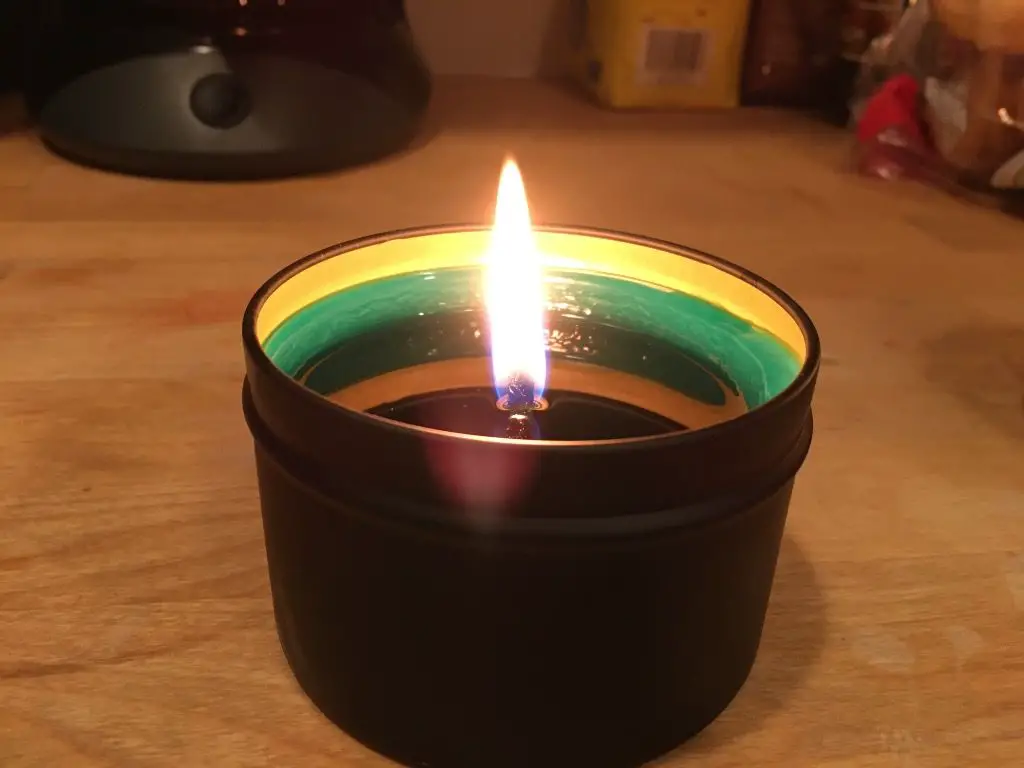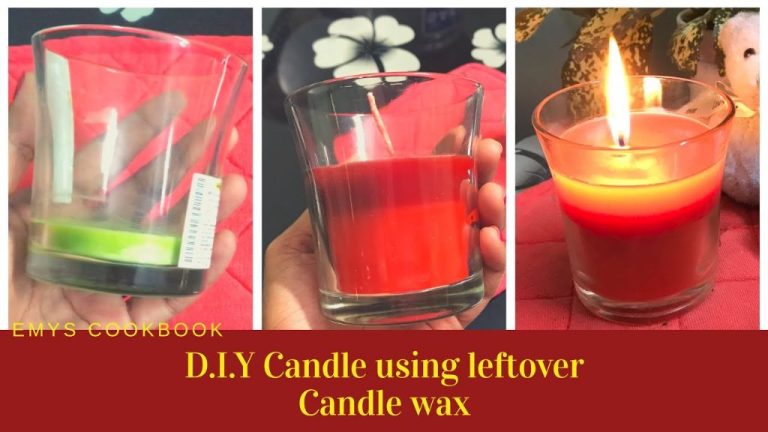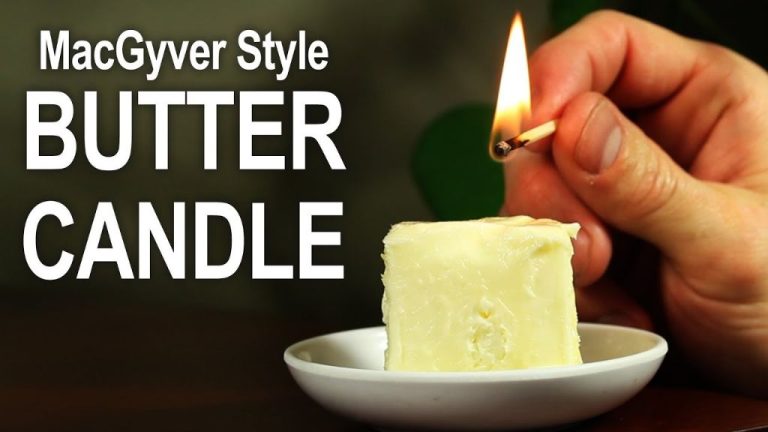What Is The Difference Between Lx And Cd Wicks?
Candle wicks are a crucial component of candles, serving the important function of bringing the wax to its melting point so that it can release fragrance into the air. The wick draws wax up through capillary action, and the heat produced by the flame melts the wax at the tip of the wick into a liquid that is then consumed by the flame. This creates a continuous cycle of drawing up melted wax to fuel the flame as long as there is solid wax surrounding the wick.
There are different types of wicks used in candle making, two of the most common being LX and CD wicks. The characteristics and performance of the wick can impact many factors including flame size, wax pooling, soot production, fragrance throw, burn time, and safety. This article will compare LX and CD wicks to highlight their key differences.
What is an LX Wick?
LX wicks are a type of flat, braided candle wick made from cotton threads and stabilizing fibers that help the wick maintain a rigid, upright structure (Candlescience.com). The “LX” designation stands for “luxury experience” and indicates that these wicks are designed to provide a high-end burn experience.
Compared to traditional round wicks, LX wicks have a flat, rectangular shape and braided texture. This rigid, flat design allows the melted wax to pool evenly across the top of the wick, promoting a higher melt rate and minimizing mushrooming or smoking (Hiveandhoneycandleco.com). The tight braid of threads provides excellent capillary action to deliver fuel to the flame. LX wicks are often recommended for container candles, especially those with large diameter containers, to help maintain an optimal melt pool.
Some key pros of LX wicks are their ability to produce a strong, full flame for excellent fragrance throw and their minimal sooting. The rigid structure also makes them easy to center when pouring candles. Potential downsides are that the flat shape may clog with wax more easily than a round wick, and finding the right LX width for your wax and container is important to prevent tunneling.
What is a CD Wick?
CD wicks, also known as Stabilo wicks, are a type of flat braided cotton candle wicks that have paper threads woven into the cotton fibers. The paper threads help reinforce the wick and keep it upright as the candle burns (source: https://www.candlescience.com/candle-wick/pretabbed-wick/cd-series/).
Some key features of CD wicks:
- Made of cotton fibers with paper filaments
- Flat braided construction
- Stiff and sturdy – stands upright as candle burns
- Available in a wide range of sizes
The reinforced structure of CD wicks makes them a good choice for container candles, especially those with wider diameter containers. The stiffness helps maintain an upright wick and consistent burn. The flat braid can also help increase wax pooling. However, the incorporated paper can increase likelihood of soot or clogging compared to some other wick types.
Flame Characteristics

LX wicks produce a taller, narrow flame that curves slightly into the wax pool. The flame is more concentrated at the tip and burns hotter than a CD wick. This focused flame helps prevent tunneling and provides efficient wax and fragrance usage (Maryland Wax Club, 2022).
CD wicks have a shorter, fuller flame that is wider at the base. The flame is more diffuse overall and does not curve into the wax pool. CD wicks burn cooler than LX wicks, producing a mellower throw with less soot (Lonestar Candle Supply, 2022).
Due to their tightly curled shape, LX wicks tend to crackle and pop more than CD wicks. The concentrated flame of LX wicks also promotes more soot production compared to the cooler, wider CD wick flame.
Wax Pooling
Wax pooling refers to how the wax melts and forms a liquid pool around the wick as the candle burns. The size of the wax pool is important for proper candle performance.
LX wicks tend to provide a smaller wax pool compared to CD wicks, usually around 1 inch across. The tight braid of LX wicks keeps the flame localized and focused (CandleScience). This helps prevent overheating the wax and creating too large of a melt pool.
CD wicks allow for a larger melt pool, typically 1.5 inches or wider. The looser braid exposes more wick surface to the flame, spreading heat over a broader area. This wider wax pool helps fragrance travel further but can increase risk of overheating (Lone Star Candle Supply).
In summary, LX wicks pool wax in a smaller, more concentrated area compared to the wider pooling created by CD wicks.
Soot Production
Soot production is an important consideration when choosing a wick type, as excessive soot can dirty candle jars and produce more smoke and odor. According to How to Properly Wick Container Candles, LX wicks tend to produce less soot than CD wicks. The rigid flat braid structure of the LX wick helps the flame burn hotter and more efficiently, resulting in less unburned carbon that leads to soot production. In contrast, the round CD wick does not maintain as tight of a flame shape, often leading to more soot.
However, wick sootiness is also dependent on other factors like wax type, fragrance load, and vessel shape. Proper wick sizing for the specific candle design is key for minimizing soot with either LX or CD wicks, per candle making experts. Overall, LX wicks have a slight edge over CD wicks when it comes to limiting soot, but both can produce clean burns with optimization.
Fragrance Throw
LX wicks tend to have better fragrance throw and diffusion compared to CD wicks. The tighter weave and flat braiding of LX wicks allows the fragrance oil to climb up the wick and diffuse into the air more efficiently. This maximizes fragrance throw from the candle. CD wicks have a looser weave and round braiding, which restricts how well fragrance travels up the wick, resulting in less fragrance diffusion. According to candlescience.com, LX wicks can increase fragrance throw by 25-50% compared to regular CD wicks. For candles where fragrance strength is a priority, LX wicks are recommended over CD wicks.
Longevity
The longevity of a candle wick refers to how long it can burn before needing to be trimmed or replaced. LX and CD wicks have some key differences when it comes to longevity.
LX wicks are designed to have a longer burn time than CD wicks. The tightly braided flat cotton construction of the LX wick promotes full wax melting and allows the wick to remain rigid as it burns. This results in a more even burn and reduces the need for trimming. According to testing by Village Craft & Candle, LX wicks can burn up to 20% longer than CD wicks before requiring maintenance [1].
In contrast, CD wicks tend to get “mushy” more quickly as they burn, which can lead to poor wax pooling, tunneling, and the need for more frequent trimming. The looser braid and wider flat shape of the CD wick causes it to bend and distort more readily compared to the tighter LX wick. As a result, CD wicks tend to have a shorter usable burn time before requiring trimming or replacement.
When longevity and minimal maintenance are priorities, LX wicks are generally the better choice over CD wicks. The tightly braided construction allows LX wicks to resist burning down and remain rigid longer, resulting in a longer lasting candle.
Safety Considerations
When choosing between LX and CD wicks, safety is an important factor to consider. Both wick types come with certain risks that makers should be aware of.
LX wicks are treated with chemicals and polymers to help stabilize the wick and prevent mushrooming. However, some makers have raised concerns about potential toxicity from LX wicks producing benzene or other volatile organic compounds when burned (CandleScience). More research is still needed, but those looking to minimize chemical exposure may want to avoid LX wicks.
CD wicks also have safety tradeoffs. According to LetsMakeCandles.com, CD wicks can get extremely hot and produce more soot. The increased soot may dirty candle containers and produce more smoke. Therefore, CD wicks may not be ideal for indoor use or for makers concerned about air quality.
In summary, LX and CD wicks both require caution. Makers should weigh the potential chemical exposure from LX against the soot and excess smoke produced by CD. Carefully testing each wick and ensuring proper wicking will help minimize safety hazards. But when in doubt, natural wax and safer wick alternatives like eco-wicks may be the best choice.
Recommendations
When deciding between LX and CD wicks, consider the following recommendations:
LX wicks tend to work best in soy wax blends because of their flat braid shape, which provides a larger melt pool. The tighter spiral shape of CD wicks can tunnel in softer soy waxes. LX wicks also produce less soot in soy (Lone Star Candle Supply).
CD wicks are ideal for paraffin wax candles because of their stiff braid shape that stands upright as the wax melts. The spiral shape provides good capillary action to absorb and disperse wax. CD wicks work well in blends containing a majority of paraffin wax (CandleScience).
For large diameter containers over 4.5-5 inches, tripling up on LX or CD wicks can provide an even melt pool. A single wick may not be sufficient in very wide containers (Maryland Wax Club).
When experimenting with a new wax, fragrance, or dye blend, retest how LX and CD wicks perform to find the best option. Wick performance depends heavily on the candle formulation.





